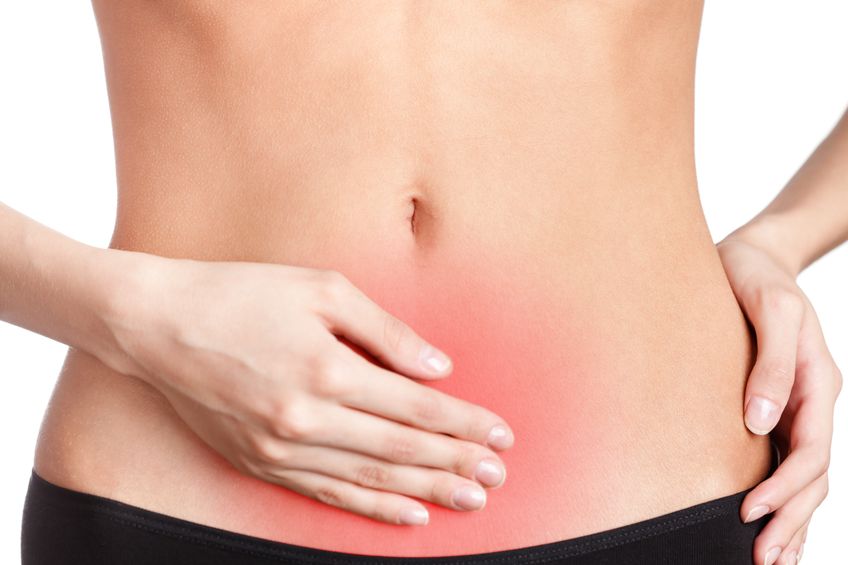Menstrual Cramps Causes, Symptoms, Diagnosis and Treatment

What Are Menstrual Cramps?
Also known as dysmenorrhea, menstrual cramps is the term used to represent the pain experienced by women during menstruation. Generally, it starts when menstruation begins and lasts for three days. It is one of the most common menstrual disorders.
The throbbing pain is usually concentrated in the pelvis or lower abdomen. Typically, it begins within a year of first menstruation.
In young women menstrual cramps occur without any underlying cause but as they age, its occurrence is linked to underlying problems including endometriosis, adenomyosis etc.
In order to diagnose it, a pelvic exam is conducted. Diagnoses also involves ruling out other possible conditions including ectopic pregnancy and pelvic inflammatory disease.
Treatment may be seeked according to the severity. While for some it’s just a source of annoyance, others experience it to such an extent that it hinders with their daily functioning and activities.
Causes Of Menstrual Cramps:
Depending on the absence or presence of an underlying cause, menstrual cramp is classified into primary or secondary menstrual cramps.
Higher levels of prostaglandins during menstrual period are associated with more-severe menstrual cramps.
Menstrual cramps may also be caused by:
- Endometriosis.
Implantation of tissue lining the uterus on fallopian tubes, ovaries etc. - Uterine fibroids.
Noncancerous growths in the wall of the uterus - Adenomyosis.
Growth of the tissue lining the uterus into the muscular walls of the uterus - Pelvic inflammatory disease (PID)
Generally caused by sexually transmitted bacteria. - Cervical stenosis.
- Unequal leg length
- Skeletal abnormalities
Scoliosis
Risk Factors May Include:
- Being younger than 30
- Early puberty
- heavy bleeding during periods (menorrhagia)
- irregular menstrual bleeding (metrorrhagia)
- a family history of dysmenorrhea
- Smoking
Symptoms Of Menstrual Cramps:
Symptoms often begin immediately after ovulation and lasts till the end of menstruation.
- Intense pain in lower abdomen or pelvis
- Nausea
- Vomiting
- Diarrhea
- Constipation
- Headache
- Dizziness
- Disorientation
- Hypersensitivity to sound, light, smell and touch
- Fainting episodes
- Fatigue
Diagnosis Of Menstrual Cramps:
Menstrual exam can be diagnosed via:
- Medical history
- Physical exam
Pelvic exam - Imaging test
Ultrasound
CT scan
MRI scan - Laparoscopy, to detect underlying conditions
Treatment Of Menstrual Cramps:
Although, menstrual cramps disappear on their own after the culmination of periods, treatment may be required in case of intense pain or underlying condition.
Treatment options may include:
- Pain relievers.
ibuprofen (Advil, Motrin IB, others)
naproxen sodium (Aleve)
Prescription nonsteroidal anti-inflammatory drugs (NSAIDs)
mefenamic acid (Ponstel) - Hormonal birth control.
- Surgery.
By : Natural Health News




